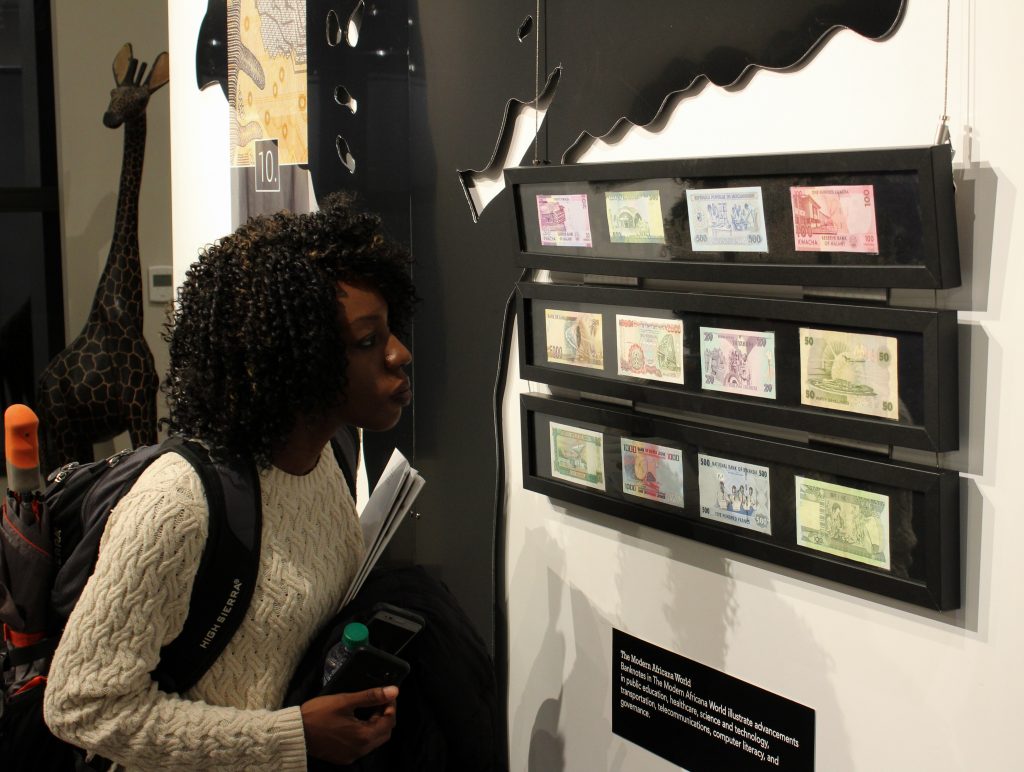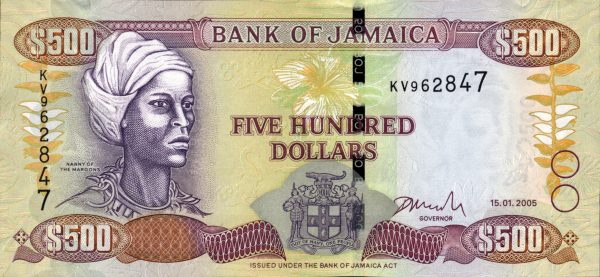History Through A New Medium: The Bank Note

Harcourt Fuller is shown at the Auburn Avenue Research Library in downtown Atlanta.
Tony Gray
Atlanta’s Harcourt Fuller is a Fulbright Global Scholar and history professor at Georgia State University.
He’s also a numismatist who founded the Black Money Exhibit.
It’s a cache of currency from more than 80 countries in Africa, Europe and the Americas that documents at least 10,000 years of Black history.

The exhibit has toured the country before, including a display at Atlanta’s Auburn Avenue Research Library.
Fuller shared with “Morning Edition” host Lisa Rayam just why he decided to dust off the exhibit and make it available to the public again.
“Around 2015 into 2016, there were these public discussions about diversifying American money,” Fuller said. “And Harriet Tubman emerged as the No. 1 candidate as a woman and also a black person on a bank note. I wanted to come out with my extensive collection of bank notes and interpretation of history and culture to show that it wound up being a great thing to have diversity and representation on American money.”
Rayam asked Fuller if the overall importance of this exhibit is to expose people to the importance of not just money as an object to spend but as an integral part of history.
Fuller said, “We can look at some as objects within themselves. We can think of both coins and money as historical archives.”
He added the oldest bank notes in the Black Money Exhibit collection date back to the 1850s and 1860s in the United States.
These are bank notes from Southern states as well as from Confederate states.
Many bank notes, Fuller said, “depict enslaved African Americans in a variety of contexts — be it picking cotton or harvesting tobacco or things of that nature. Those bank notes themselves are visual archives of the time period. The imaginary tells the story of what was considered important to the Confederacy at that time.”

The conversation ended with Fuller sharing his favorite historical bank note: The Jamaican $500 bill.
It depicts Queen Nanny of the Maroons, a distant relative of Fuller’s.





